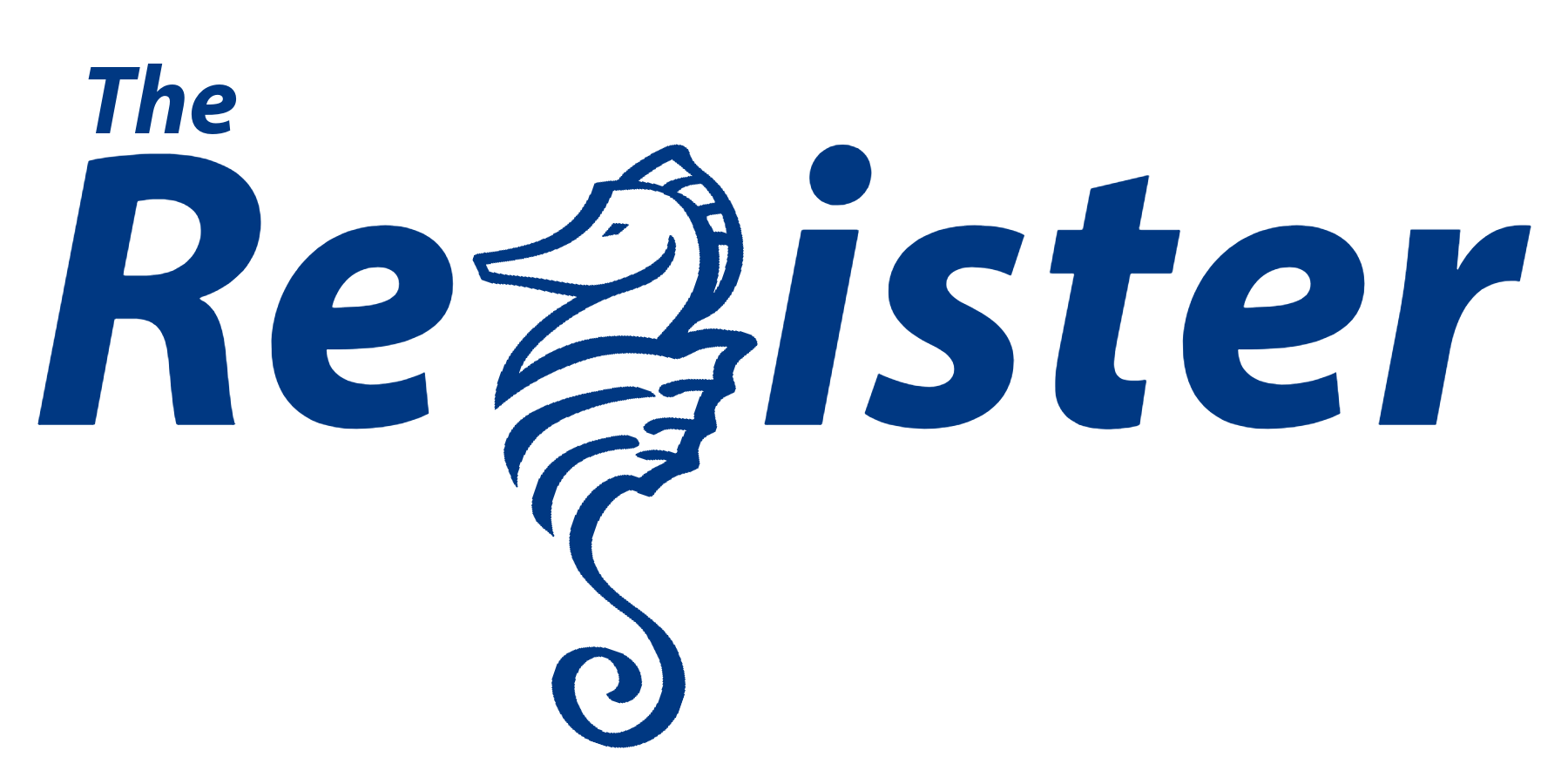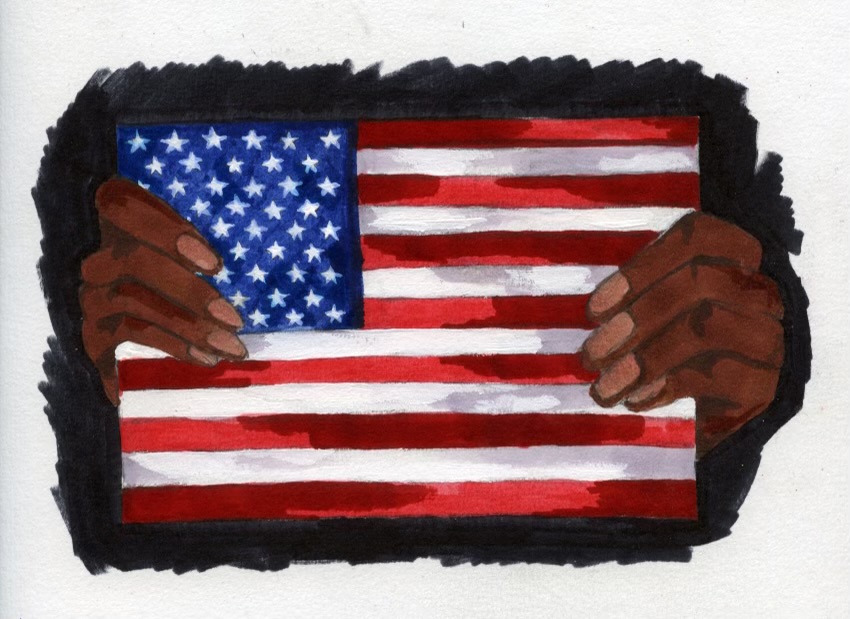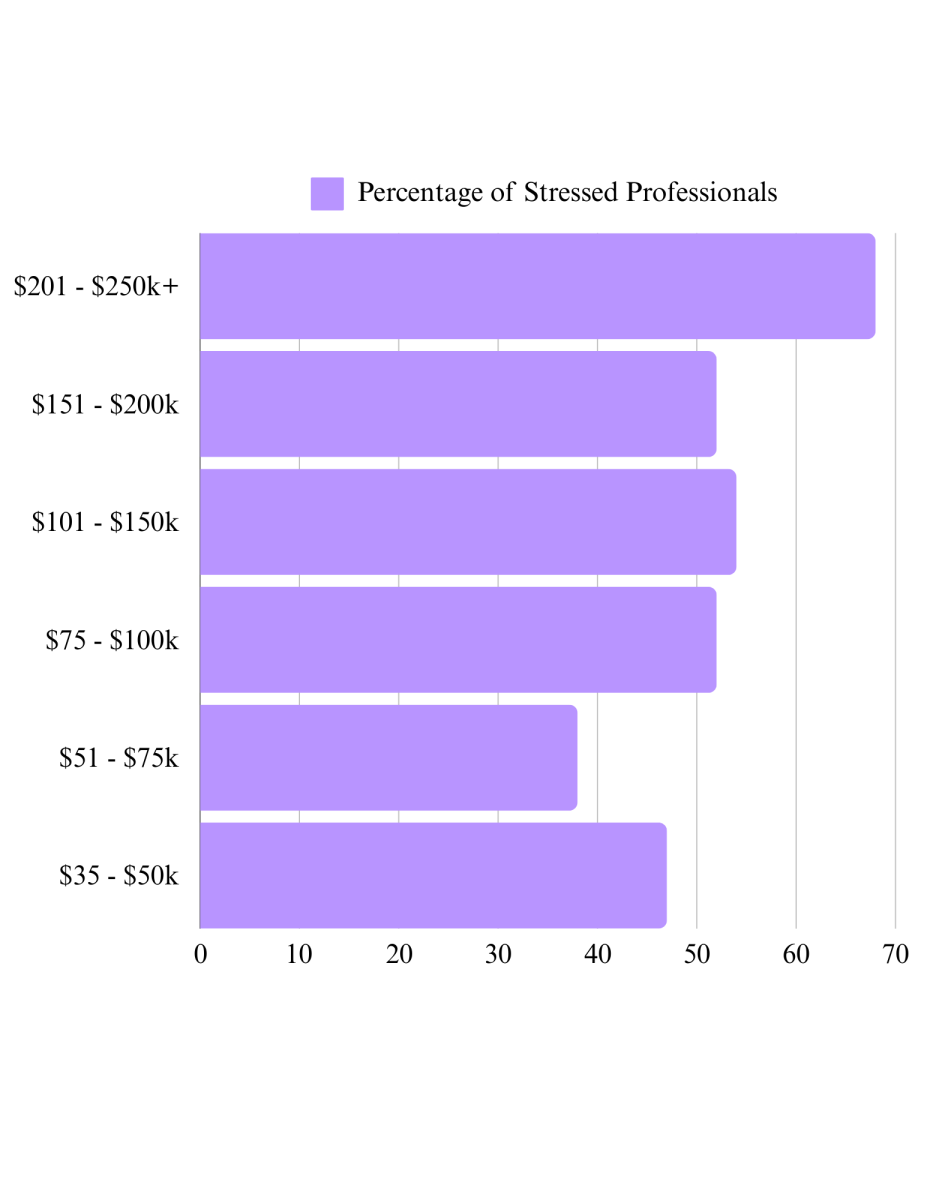This year has been full of significant moments in women’s sports. From Sabrina Ionescu tying for 2nd in the NBA 3-point competition to 92,003 spectators attending a record-breaking Nebraska Women’s Volleyball game, women’s sports are on the rise. However, this year’s Women’s March Madness Tournament that broke multiple attendance and viewership records and led to multimillion-dollar sponsorship deals, elevated women’s sports to an unprecedented level.
This year’s tournament featured many standout players who have been instrumental in changing the landscape of women’s sports. Caitlin Clark, the 2-time NCAA Women’s Basketball Player of the Year and the #1 overall WNBA draft pick for the Indiana Fever, has broken numerous records and attracted significant attention to the game. Clark’s remarkable achievements, including breaking the all-time NCAA scoring record, have not only elevated her profile but also brought unprecedented attention and revenue to women’s basketball.
Clark’s success has translated into increased ticket sales and viewership, with games featuring her routinely selling out and ticket prices skyrocketing. Her ability to earn an estimated $3 million through endorsements, thanks to the NCAA rule change in 2021 allowing athletes to profit from sponsorships, underscores the financial potential of women’s sports.
However, despite her success and influence, the pay disparity between male and female athletes remains stark. Clark’s base salary for her rookie year in the WNBA is around $80,000, a fraction of what her male counterparts earn. For example, Victor Wembanyama, the 2023 #1 NBA draft pick, earned a base salary of $12.1 million.

The pay gap in women’s sports has been a contentious issue for many years. Male athletes often earn significantly more than their female counterparts. For instance, in 2023, the average salary for an NBA player was about $10.7 million, compared to just over $113,000 for a WNBA player. While the financial dynamics of the NBA and WNBA are different, the disparity underscores the broader issue of gender inequality in sports.
A landmark moment in the fight for gender equality in sports was the United States Women’s National Soccer Team’s (USWNT) battle for equal pay. The movement gained significant traction in 2019 when 28 USWNT players filed a gender discrimination lawsuit against the United States Soccer Federation (USSF). This led to a landmark ruling in February 2022, which saw the USSF agreeing to pay $24 million in compensation and committing to equal pay for both men’s and women’s players for all future friendlies, tournaments, and the World Cup. This victory not only highlighted the persistent pay disparities in sports but also set a precedent for other female athletes and teams worldwide, fueling further advocacy for gender equality.
Despite the increasing visibility and success of women’s sports, significant institutional barriers and internalized sexism continue to impede progress. Women athletes often face systemic challenges such as inadequate funding, less media coverage, and fewer sponsorship opportunities compared to their male counterparts. Internalized sexism, manifested through societal beliefs that undervalue women’s sports, further exacerbates these issues. These deeply ingrained biases not only affect public perception but also influence the policies and practices of sports organizations, making it inherently more difficult for women to succeed. Addressing these barriers requires a concerted effort to challenge and change the underlying attitudes and structures that perpetuate inequality.
The success of this year’s Women’s March Madness tournament is both a culmination of years of effort and a catalyst for future growth. Although women’s sports have made tremendous strides, there is still much progress to be made. The growing popularity and financial success of women’s sports highlight the potential for continued growth and increased equality. The achievements of athletes like Caitlin Clark and the record-breaking viewership of events like the Women’s March Madness tournament are testaments to the bright future of women’s sports. As more people tune in and support these athletes, the gap between men’s and women’s sports will continue to narrow, paving the way for a more equitable sports landscape.








